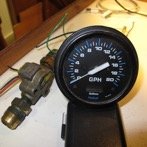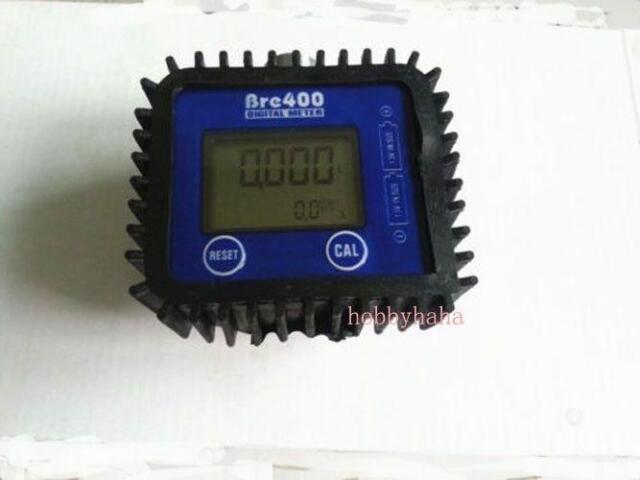Simi 60
Guru
- Joined
- Jul 1, 2016
- Messages
- 5,482
- Location
- Australia
- Vessel Make
- Milkraft 60 converted timber prawn trawler
All of the flow meters shown in this thread have just one sensor. Diesels need two which was mentioned briefly a few posts back. You need one to measure total diesel flow and subtract the return diesel flow from another to get diesel burned by the engine.
David
I didn't see the sense in posting two of the same picture but I did say two would be needed.


 My 2018 Ford Edge gets a one or two miles a gallon less than my former 2014 Edge.
My 2018 Ford Edge gets a one or two miles a gallon less than my former 2014 Edge. 


